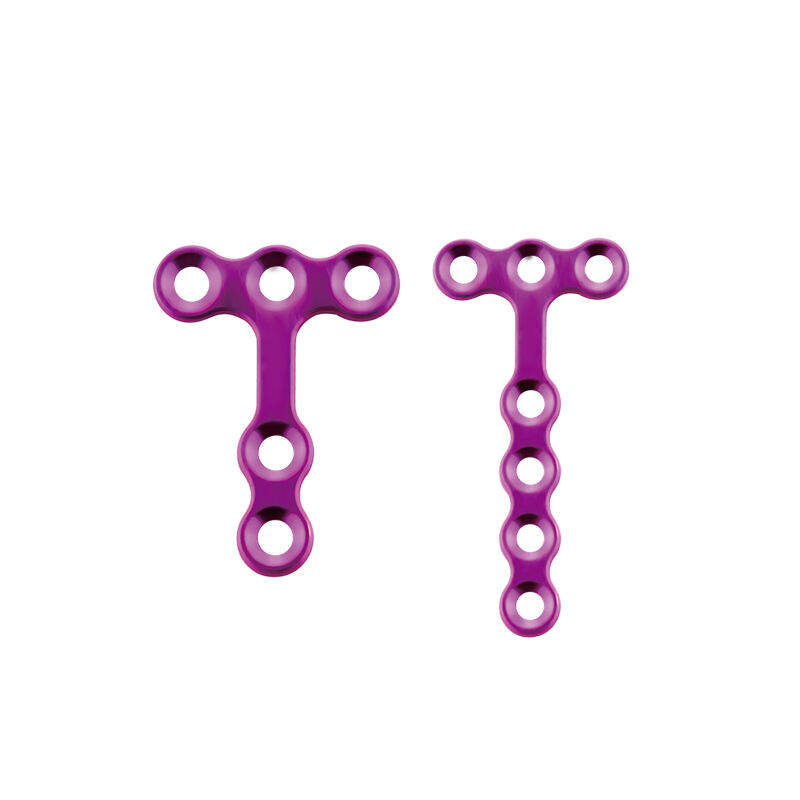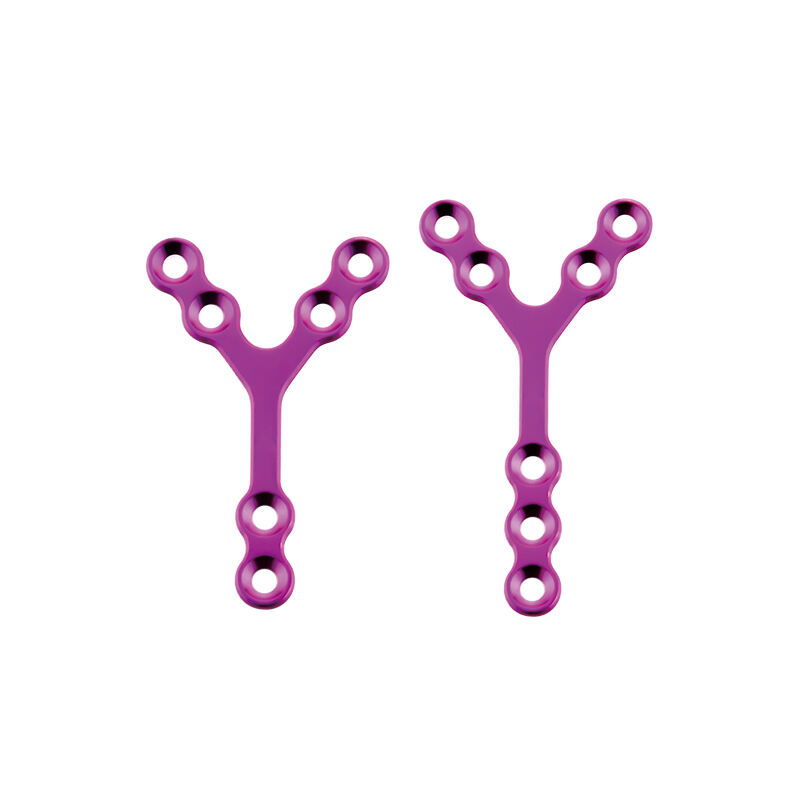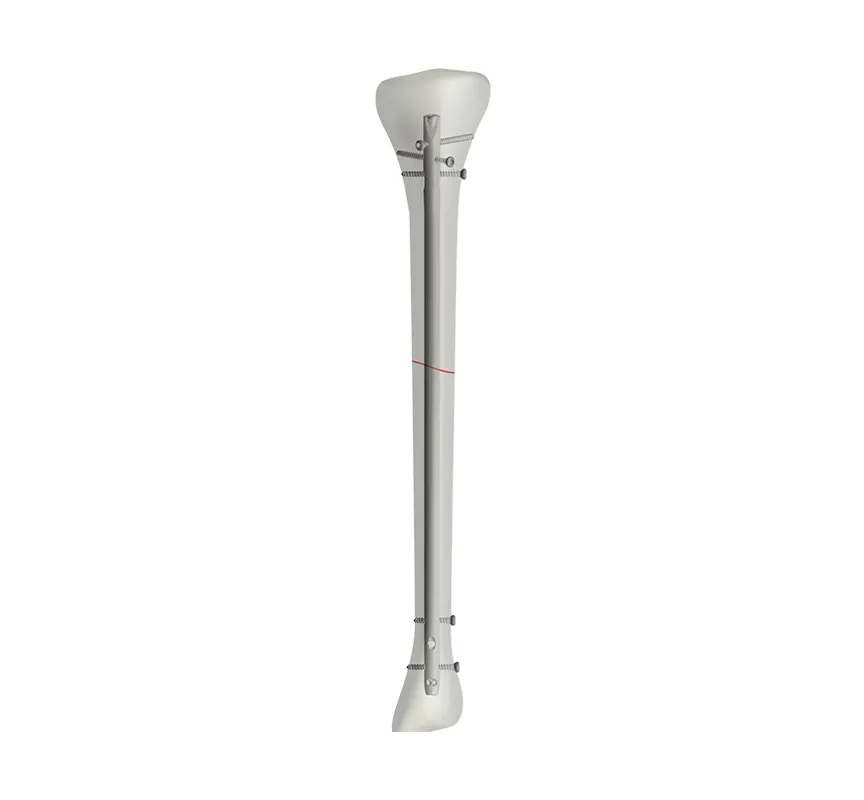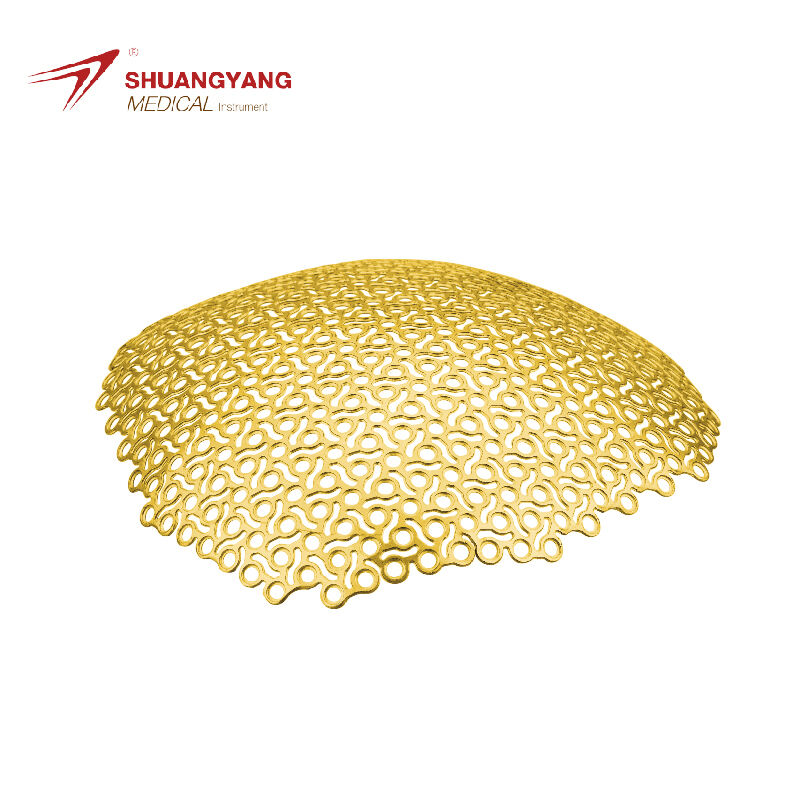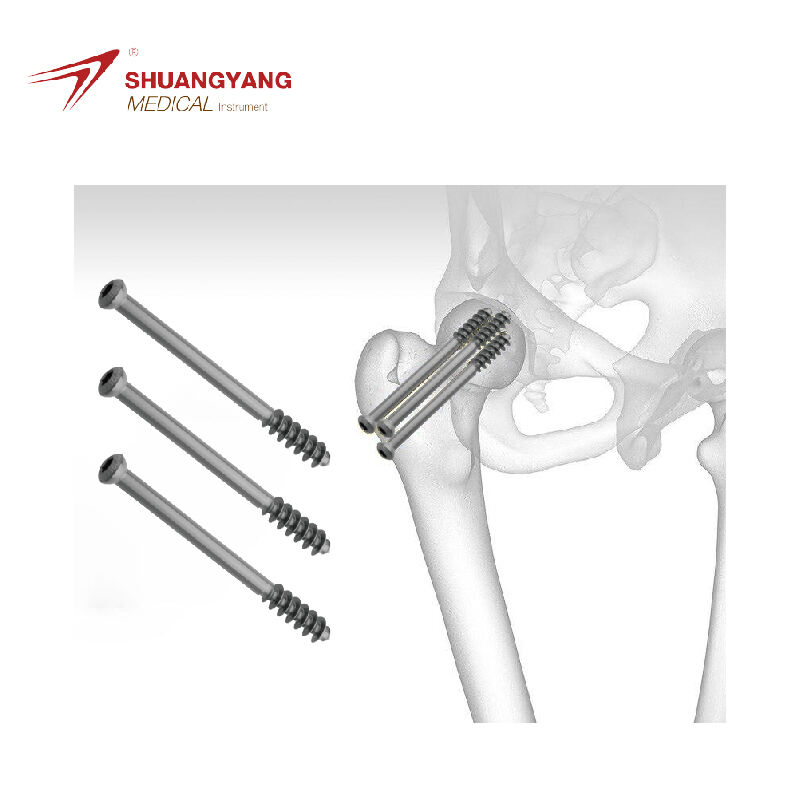femoral interlocking nail
The femoral interlocking nail is a medical device designed to stabilize fractures of the femur, or thigh bone. Its main functions include maintaining the alignment of the bone while allowing for the load-sharing capabilities that promote healing. Technological features of the femoral interlocking nail include a cannulated design that allows for precise placement, and threaded ends that interlock with the bone to provide stability. The interlocking screws ensure that the nail stays in place, reducing the risk of displacement. This device is commonly used in the treatment of complex fractures, where traditional methods may not provide adequate support. Its applications extend to cases requiring minimal invasiveness, faster recovery times, and a lower risk of complications.
 EN
EN
 FR
FR
 ES
ES
 AR
AR


